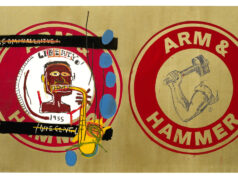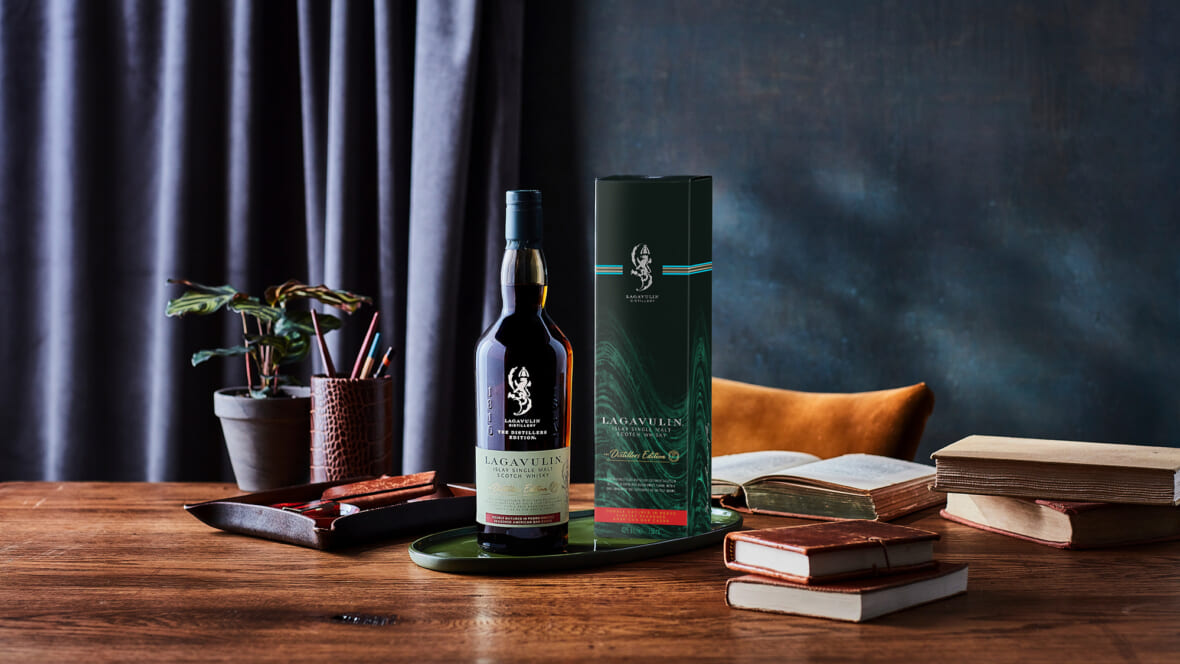

Storming out of the mist comes a hand-formed aluminum missile. Created by a mind bent upon rediscovering the analog beauty of post- WWII streamlined racers, and hand made with an attention to detail only a man possessed of a passion to learn can muster.
Christopher Rünge was once a professional snowboarder. But at 26 he found himself standing looking at a 1967 Porsche 912 in a barn in North Dakota. And eyeing with surprise the myriad parts and tools used for machining metal that surrounded it. He had found his new calling in life; and it wasn’t the 912. He had decided instead to take the tools and build his own cars.
Rünge is the definition of an autodidact. Everything he knows about building cars, and the tools and machines he has amassed at his workshop in the backwoods of Minnesota, he taught himself from a few books. But in the rearview mirror, like many things, the route here is perhaps a little clearer. He was always a tinkerer, a maker-of-things, a bespoke motorcar-maker in waiting. A kid fixing up old Schwinn bicycles, trucks and VW Beetles at home both to make a few bucks and to get around.

At Singer in Los Angeles, “everything is important” in their restoration and modification of Porsche 911s. And Rod Emory can say the same of his Porsche 356s. But if you want to take Porsche restomod mania to its logical conclusion you may well find the only cure out there is Rünge.
Instead of starting with a shell from a factory in Stuttgart, he begins with an idea. So far there are three iterations of Rünge, each the result of commissions by clients with an itch for something different. Something unique. Hand-crafted missiles expressing the unalloyed vision of their maker.
The Flyer (from $365,000) was inspired by the early 1950s Glöckler 550 Porsche racers; the RS (from $385,000) by the late 1950s Porsche RSK Spyders; and finally there is the R2 ($895,000), which Rünge describes as, “a blend of an Auto Union Grand Prix car meeting a 1980s supercar,” where “I found that the Porsche 962 windscreen was a viable option, and by starting with that shape, I pulled the entire flow of the roofline rearward from it.”
The Flyer and RS models use a traditional steel-tube chassis reminiscent of the 550 Spyder architecture. Both are offered in base trim with a 2.3L, 190-hp four-cylinder pushrod engine situated amidships, mated to a four-speed manual transaxle. “With the weight coming in at around 1,300 lbs., these silver surfers are both quick and agile,” Rünge notes.
The new prototype R2 features a hand-formed aluminum body wrapped over a proprietary “superleicht” (superlight) aluminum tubeform system and an integrated safety cage. Underneath is a stainless steel monocoque tub utilizing A-arm suspension with adjustable coilover shock absorbers and Brembo disc brakes, with rack and pinion steering.
Power comes from an upgraded mid-mounted 3.6L flat six air-cooled 315 hp motor from a 1995 Porsche 993, which is fed through a Porsche 915 gearbox to the tarmac. At approximately 1,800 lbs. fully loaded, performance should be “brisk”—to put it mildly.








